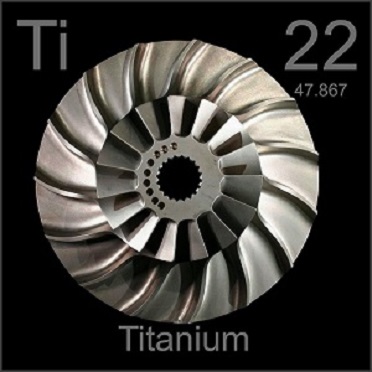 SAM®Titanium is a metal element that is known as “space metal” because of its light weight, high strength and good corrosion resistance. The most common compound of titanium is titanium dioxide, and other compounds include titanium tetrachloride and titanium trichloride. At present, titanium is widely used in aerospace, automotive, medical, marine and other fields. Its abundant reserves provide a resource base for the wide application of titanium – titanium is one of the most widely distributed and abundant elements in the earth’s crust, accounting for 0.16% of the crustal mass, ranking ninth. However, do you know how this magical element was discovered? Let SAM Sputter Targets give you a history lesson.
SAM®Titanium is a metal element that is known as “space metal” because of its light weight, high strength and good corrosion resistance. The most common compound of titanium is titanium dioxide, and other compounds include titanium tetrachloride and titanium trichloride. At present, titanium is widely used in aerospace, automotive, medical, marine and other fields. Its abundant reserves provide a resource base for the wide application of titanium – titanium is one of the most widely distributed and abundant elements in the earth’s crust, accounting for 0.16% of the crustal mass, ranking ninth. However, do you know how this magical element was discovered? Let SAM Sputter Targets give you a history lesson.
Continue reading “How was titanium discovered? | History of Titanium”

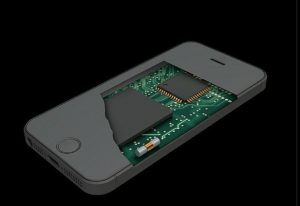
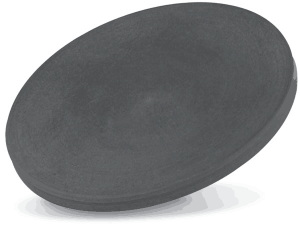
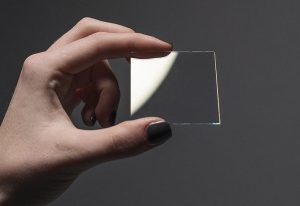
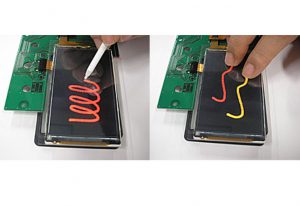 Resistive screens and capacitive screens are the two main kinds of mobile screens on the market today. Generally speaking, resistive screen phones can be operated with a finger or a stylus; while capacitive screen phones can only be operated with fingers and cannot be operated with ordinary stylus, but we can use a dedicated capacitive screen stylus to substitute the finger to operate; while the resistive screen phone can be operated with a finger or a stylus. Why do they have such a difference? Is it related to their working principle? Let’s
Resistive screens and capacitive screens are the two main kinds of mobile screens on the market today. Generally speaking, resistive screen phones can be operated with a finger or a stylus; while capacitive screen phones can only be operated with fingers and cannot be operated with ordinary stylus, but we can use a dedicated capacitive screen stylus to substitute the finger to operate; while the resistive screen phone can be operated with a finger or a stylus. Why do they have such a difference? Is it related to their working principle? Let’s 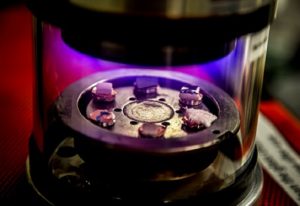 First, let’s take a look at the definition of these two words. The vacuum evaporation is carried out by means of resistance heating, electron beam or laser bombardment in an environment with a vacuum of not less than 10-2 Pa, and the
First, let’s take a look at the definition of these two words. The vacuum evaporation is carried out by means of resistance heating, electron beam or laser bombardment in an environment with a vacuum of not less than 10-2 Pa, and the